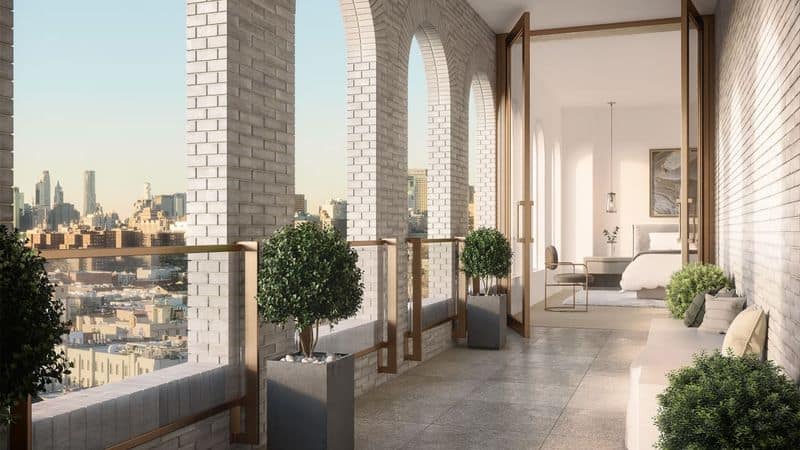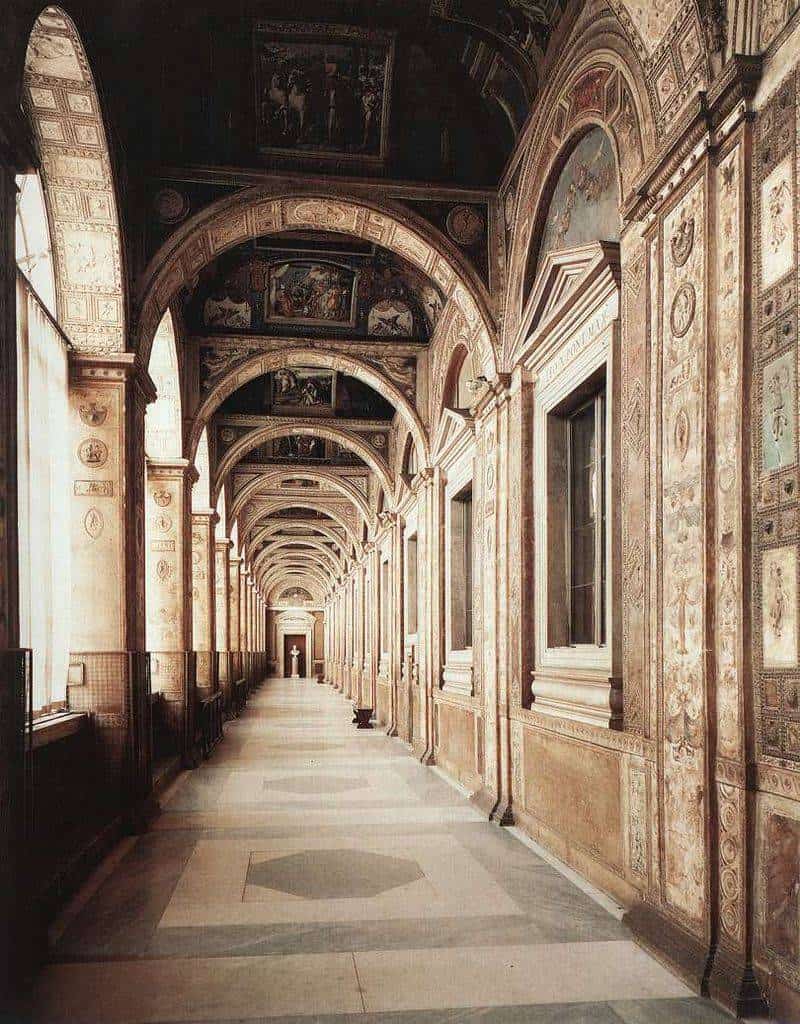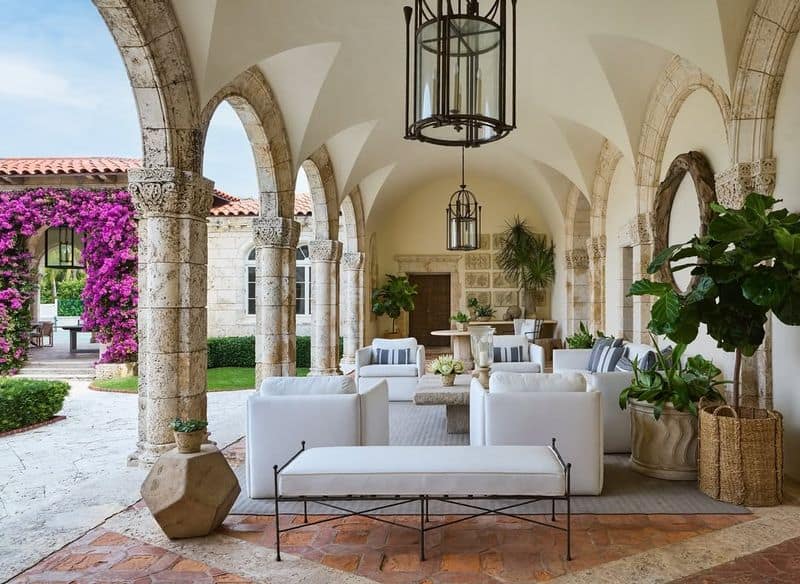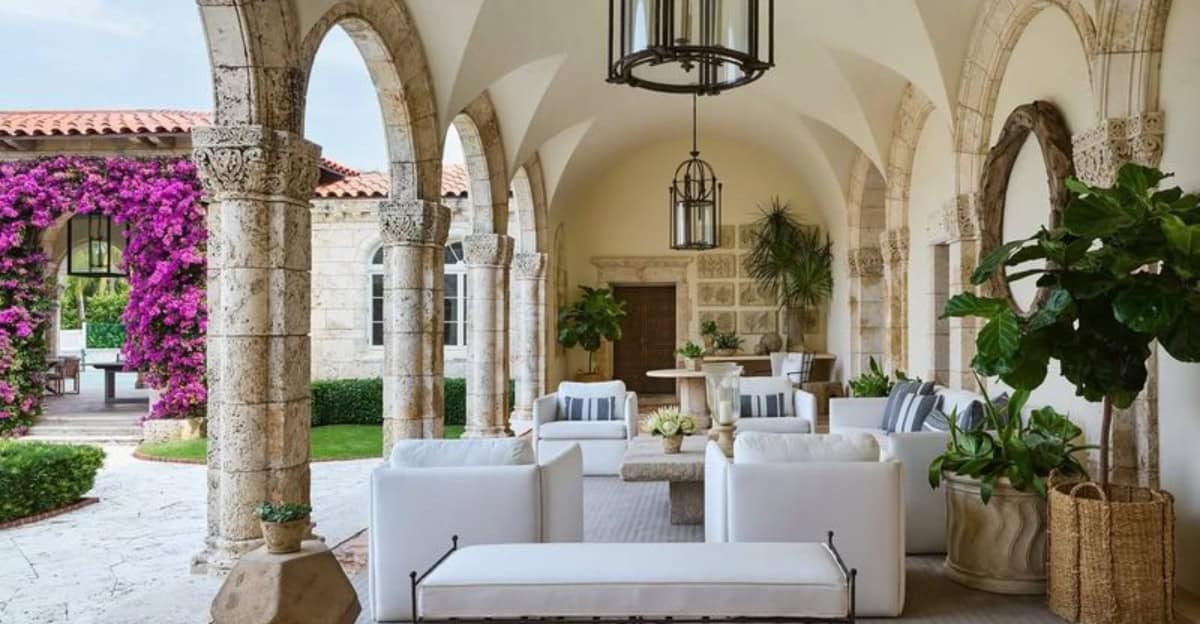Italian loggias have long stood as architectural marvels that evoke the grandeur of ancient times.
These open-sided galleries or corridors, usually on an upper level, are more than mere aesthetic constructions; they encapsulate a rich tapestry of history and culture.
Explore 10 timeless ways these exquisite structures tell stories of the past.
1. Historical Insight

Italian loggias provide historical insight. They allow us to step back in time, offering glimpses into architectural styles of the Renaissance.
Each arch and column whispers stories of the past, fostering a connection with history. The engravings and sculptures enrich our understanding of Italian heritage and its evolution.
2. Architectural Beauty

The architectural beauty of Italian loggias is unrivalled. Intricate designs showcase masterful craftsmanship.
These structures are adorned with artistic columns, arches, and frescoes, creating a visual feast.
This beauty enhances any surrounding environment and provides a serene space for reflection or social gatherings.
3. Cultural Significance

Italian loggias hold cultural significance. They have served as venues for important societal events. Hosting gatherings, they became cultural hubs where art and ideas flourished.
This aspect of loggias celebrates Italy’s rich cultural tapestry and continues to inspire communal activities today.
4. Social Gatherings

Loggias have been vital for social gatherings. These open spaces encourage conversation and camaraderie.
They offer a quaint setting for people to connect, share stories, and celebrate life. This tradition fosters a sense of community and belonging, enriching social interactions.
5. Scenic Views

Italian loggias provide breathtaking scenic views. Positioned strategically, they offer vistas of sweeping landscapes or bustling piazzas.
The beauty of nature or city life unfolds before you, providing opportunities for relaxation and inspiration. Loggias foster a deeper appreciation for Italy’s natural and urban landscapes.
6. Artistic Inspiration

Loggias inspire creativity. Artists and writers find these spaces perfect for contemplation and creation. The fusion of art, architecture, and nature stimulates imagination.
Many masterpieces have been conceived in loggias, a testament to their ability to inspire artistic expression and innovation.
7. Historic Preservation

Italian loggias play a role in historic preservation. They are carefully maintained to retain their original charm while adapting to modern needs.
This effort preserves cultural heritage for future generations, keeping the stories and artistry of the past alive, fostering appreciation and education.
8. Architectural Study

Loggias serve as vital resources for architectural study. They offer insights into design principles and construction techniques of bygone eras.
Students and enthusiasts analyze these elements, gaining an understanding of historical architecture. Loggias continue to be invaluable educational tools for learning and inspiration.
9. Environmental Harmony

Italian loggias exhibit environmental harmony. Their design complements natural surroundings, promoting sustainability. Open structures enhance airflow and light, reducing energy use.
Gardens often surround them, creating a seamless blend of built and natural environments. This harmony exemplifies ecological respect and balance.
10. Emotional Connection

Loggias foster emotional connections. They offer tranquil spaces for reflection and introspection. The ambiance nurtures personal growth and emotional well-being.
Individuals often find solace and inspiration, strengthening their bond with the past and present, making loggias cherished retreats for the soul.

